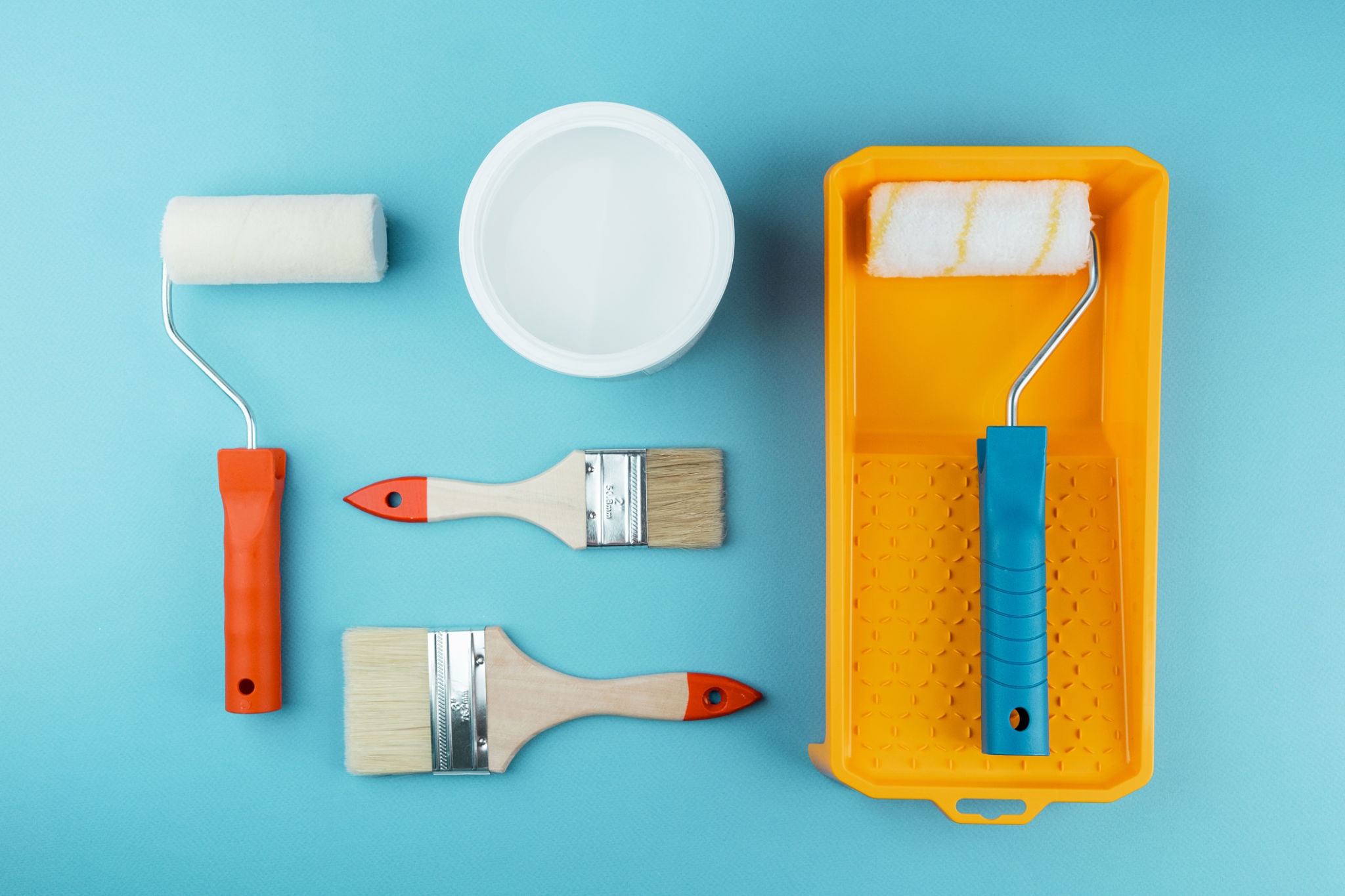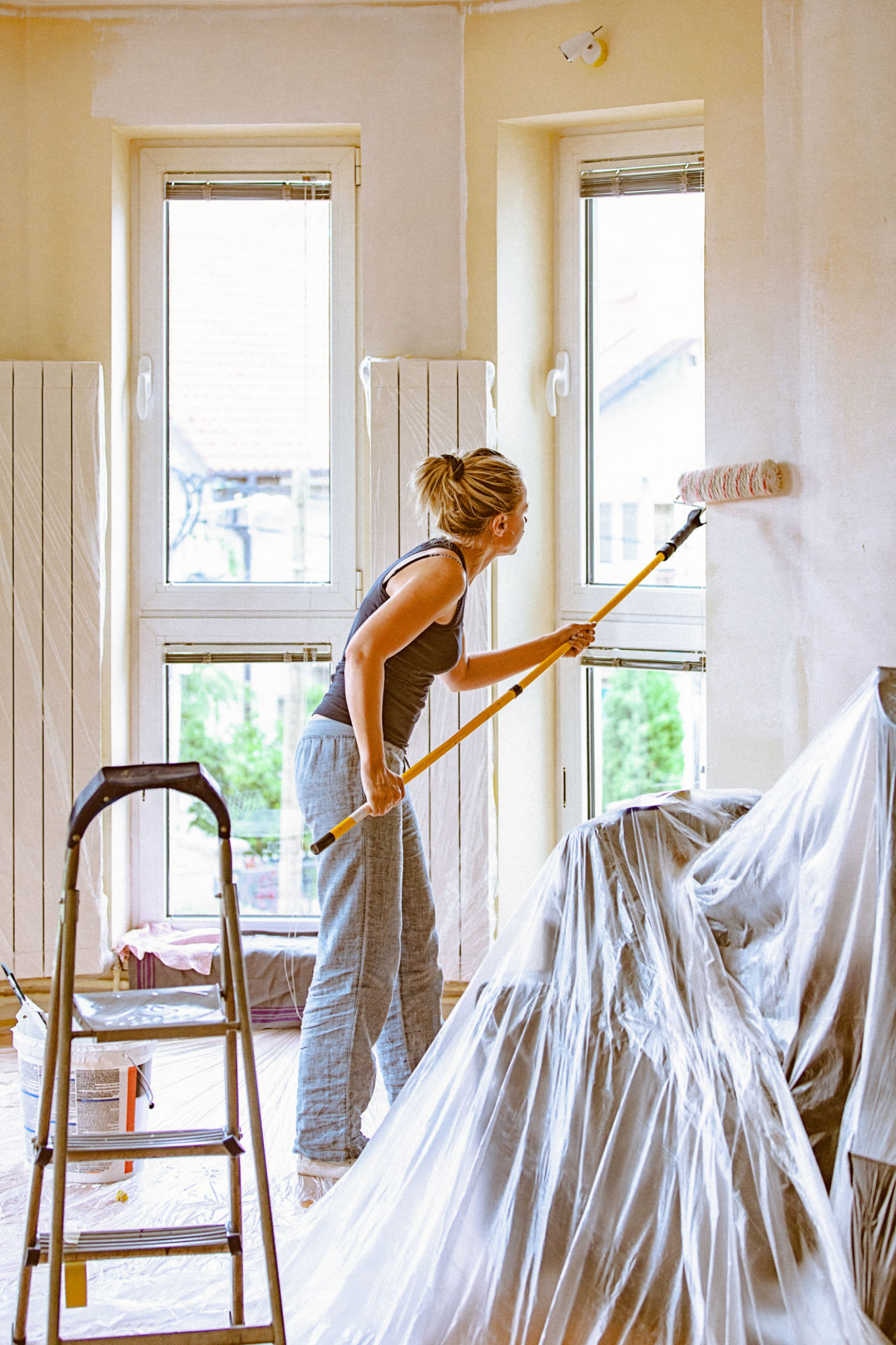The Ultimate Guide to Residential Painting in Kansas City: Tips and Techniques
Why Residential Painting Matters
Residential painting is more than just a cosmetic upgrade; it's an investment in your home's longevity and curb appeal. A fresh coat of paint can transform your living space, improve the atmosphere, and even increase property value. Whether you're planning to sell or simply want to refresh your surroundings, understanding the nuances of residential painting in Kansas City is essential.

Choosing the Right Paint
Selecting the right paint is crucial for achieving a lasting finish. In Kansas City, where weather conditions vary, it's important to choose paints that can withstand both humidity and cold winters. Consider opting for high-quality, weather-resistant paints that offer UV protection and are less prone to fading. Additionally, choosing the right color can significantly impact your home's aesthetic, so take time to explore different palettes.
When selecting paint, keep in mind the type of surface you are painting. For wooden surfaces, oil-based paints may provide better adhesion and durability. For drywall, latex paints are generally preferred for their ease of application and quick drying time.
Essential Tools and Materials
Having the right tools and materials can make your painting project smoother and more efficient. Essential items include:
- Paintbrushes and rollers of various sizes
- Painter's tape for clean lines
- Drop cloths to protect floors and furniture
- Sandpaper or a sanding block for surface preparation
- A sturdy ladder for reaching high areas

Surface Preparation Techniques
Proper surface preparation is key to a flawless finish. Begin by cleaning the walls to remove dirt and grime. This can be done with a simple mixture of soap and water. After cleaning, inspect the surface for any cracks or holes that need patching. Use a quality filler to repair these imperfections before sanding the area smooth.
Sanding is crucial as it ensures proper paint adhesion. Once sanding is complete, it's vital to apply a primer. The primer not only helps the paint adhere better but also provides a uniform base for your topcoat.
Application Techniques
Applying paint with the right technique can make a significant difference in the final appearance. Start by cutting in with a brush along edges and corners before using a roller for larger surfaces. This method allows for more control and cleaner lines.

When using a roller, employ a 'W' or 'M' pattern to ensure even coverage and to avoid roller marks. Apply two coats of paint for the best results, allowing sufficient drying time between coats as recommended by the paint manufacturer.
Finishing Touches
Once the painting is complete, remove any painter's tape carefully to avoid peeling off fresh paint. Inspect your work for any missed spots or uneven areas, making touch-ups as necessary. Finally, clean your brushes and rollers thoroughly so they can be reused in future projects.
A well-executed paint job not only enhances your home's aesthetic but also provides a protective barrier against environmental elements. With these tips and techniques, you can achieve professional-looking results that will last for years to come.
